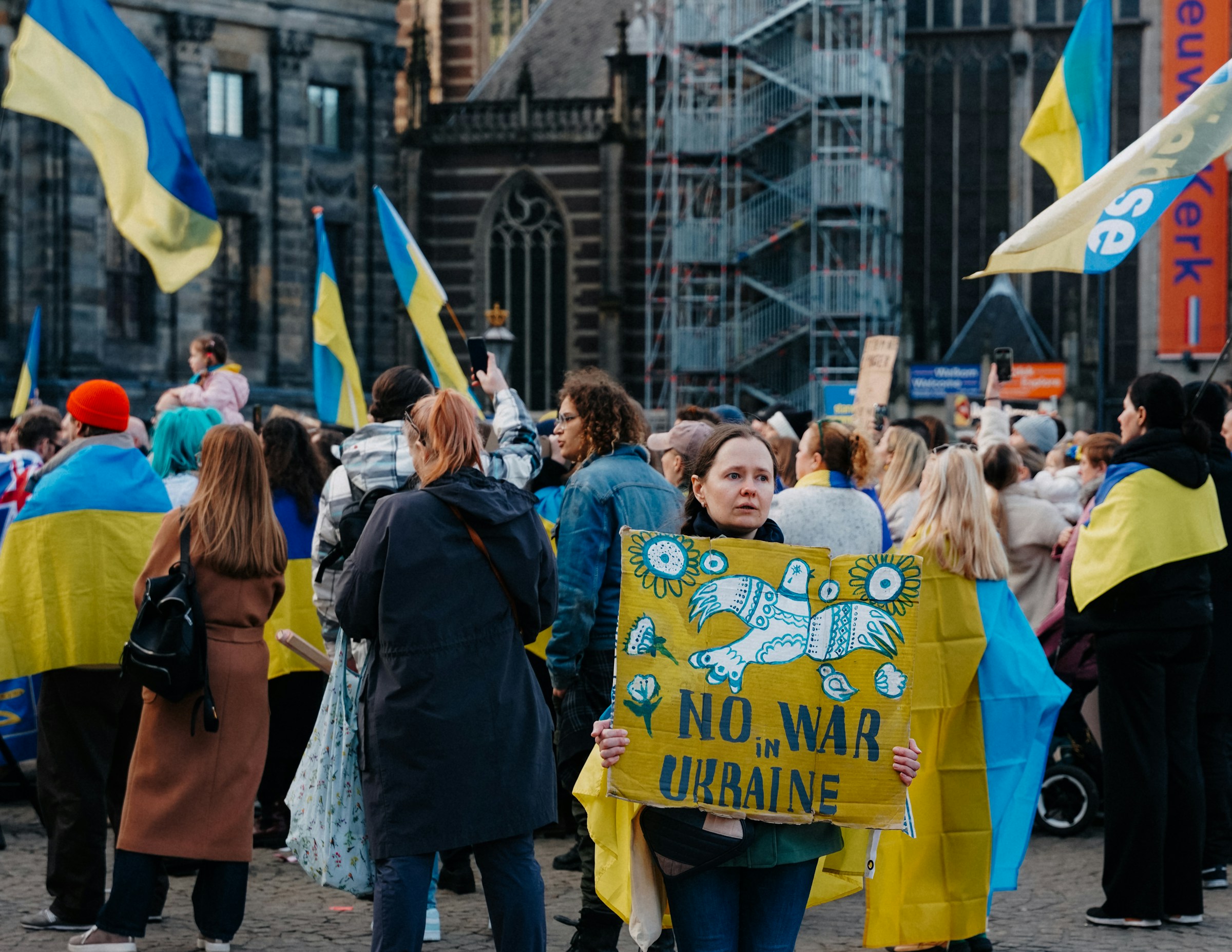As a policy signal, the Alaska meeting is not simply a diplomatic set piece; it is a live calibration of coercive economic power and alliance cohesion. President Donald Trump has warned Russia of “very severe consequences” if Vladimir Putin refuses to halt the war, framing Friday’s encounter as a “feel-out” that could be followed rapidly by a trilateral with Volodymyr Zelenskyy if initial conditions are met. The venue—a hardened military base in Anchorage—underlines the security framing rather than ceremony. The language is unambiguous; the instruments are intentionally vague. That ambiguity is part of the leverage.
European leaders and Kyiv have, for once, synchronized their red lines with Washington ahead of the talks. In a hastily convened call, Emmanuel Macron said Trump agreed that Ukraine must be present in any discussion of territory, while Germany’s Friedrich Merz stressed borders cannot be changed by force and that pressure should increase if Moscow stonewalls. The shared floor: ceasefire first, no legal recognition of occupied land, and credible security guarantees to follow. This pre-alignment matters because markets have been pricing negotiation noise for months; Friday tests whether the rhetoric translates into a common enforcement posture.
The risk channel is sanctions, not summit optics. Trump’s phrase “very severe consequences” leaves open a wide menu—secondary sanctions on banks and energy facilitators, tariff measures, export-control tightening on dual-use components, or designations that broaden compliance obligations for non-Western intermediaries. Any move toward secondary sanctions would be the sharpest escalation for capital: it forces binary choices on trade finance, insurance, and dollar clearing, amplifying over-compliance and fragmenting payment rails. The White House has not specified tools, but the signaling is consistent with a sanctions-first escalation if Moscow refuses a ceasefire.
Energy is the second-order hinge. A credible 30-day ceasefire would depress the risk premium embedded in European gas forwards and curb defensive crude bids, easing headline inflation pressure into Q4. Failure—paired with new secondary measures—would do the opposite: tighten shadow-fleet flows, complicate price cap evasion, and re-route barrels through costlier channels. Europe’s call for pressure “if there is no movement in Alaska” effectively warns refiners, traders, and shipowners that compliance risk could jump on short notice. The dovetail with US messaging suggests that enforcement—not new legal architecture—would drive the next leg.
For sovereign allocators, the market map is straightforward. A ceasefire path strengthens EUR and CEE risk, narrows BTP-Bund and CEE spreads, and supports rotation out of high-quality duration as inflation risk recedes. A breakdown with sanctions escalation pushes the opposite: dollar firmness on safe-haven demand, wider EM credit spreads (first in high-beta Europe), and a bid for front-end US duration as growth-risk hedges regain appeal. In both cases, Asia’s spillovers run through energy import bills and semiconductor-supply enforcement: a softer-energy glide supports North Asia’s margins, while a sanctions step-up raises compliance costs and delays working capital for exporters exposed to dual-use scrutiny.
The politics inside the room matter less than the discipline outside it. European leaders exited the pre-brief reassured that Washington would not negotiate land over Kyiv’s head, and the US floated the prospect of a swift trilateral if the first meeting “goes okay.” That staging is intended to avert the worst-case trade-off—optics of “peace progress” priced against Ukrainian sovereignty—by sequencing any substantive bargaining after a verifiable cessation of fire. The Kremlin has already telegraphed its maximalist baseline (withdrawal by Ukraine from four regions and NATO renunciation), a position Kyiv rejects as capitulation. That raises the probability that Friday delivers either a narrow de-escalation channel tied to monitoring, or a sanctions-forward stalemate.
Venue and timing are not incidental. Holding the meeting at Joint Base Elmendorf–Richardson avoids protest optics and reinforces that this is a security consultation, not a détente. It also shortens the communications loop between the principals and their defense teams—useful if any de-confliction mechanism, however temporary, needs immediate definition. That choice aligns with reporting that the summit’s first purpose is to “set the table,” not to codify concessions.
Two additional signals are worth watching. First, Vice-Presidential and National Security staffing are reportedly engaged in the pre-brief and red-line choreography, which lowers the odds of freelancing once the principals meet. Second, Europe is explicitly tying its support for a diplomatic track to the threat of additional sanctions. The merger of carrot and stick—ceasefire to unlock talks; pressure if not—puts the onus on Moscow to produce verifiable restraint rather than narrative shifts. Either outcome narrows uncertainty relative to recent months of speculation about unilateral deals.
From a capital-flows perspective, the “Ukraine ceasefire Alaska summit” has a high information value even if it delivers no paper. If a ceasefire window opens, expect a relief bid in European assets, mild EUR upside, and compression in CEE risk premia as energy hedges cheapen. If it collapses into sanctions escalation, expect renewed USD strength, a defensive rotation into US duration, and sharper EM bifurcation as investors differentiate sanctions-exposed flows and energy importers. In both branches, compliance risk will price faster than diplomacy.
The bottom line: this meeting is not about personalities. It is a test of enforcement credibility. The policy posture may appear flexible—but the signaling is unmistakably conditional. Markets will digest the gestures. Sovereign allocators already have.




.jpg&w=3840&q=75)




.jpg&w=3840&q=75)


-1.jpg&w=3840&q=75)

